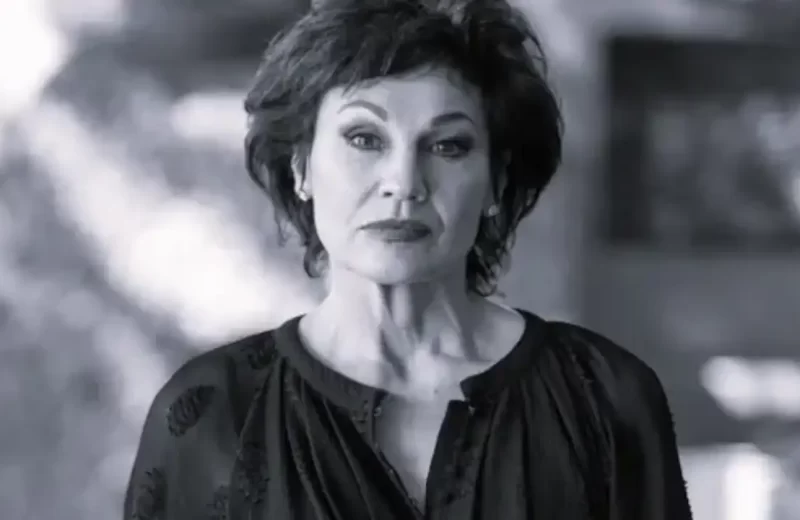#thisweekinhistory: Domboshava cave was vandalised on the eve of 14 May 1998. The incident was reported by law enforcement agents to National Museums and Monuments of Zimbabwe (NMMZ) on 15 May 1998. An inspection of the Domboshava site and others within the area was undertaken, in order to establish the extent, type, and nature of the vandalism. Photography was extensively used to document the graffiti.
The graffiti is one of the most severe, distressing and depressing damages known to have happened at any rock-art site in Zimbabwe, apart from Pomongwe cave which was damaged by an application of linseed oil around 1965. At Domboshava cave, a dark-brown enamel (oil-based alkyd) paint was used to obliterate paintings. The dark-brown paint covered approximately 75% of the painted surface and about 5% of the unpainted surface. This excludes the extreme left and right sides of the painted surface, as well as the upper and top most levels of the cave.
Out of the 146 identifiable individual paintings known to exist in the Domboshava cave, approximately 65-70% were obliterated with the dark-brown oil paint. About 90% of all the human figures were completely obliterated; 52% of the animals remained unvandalised on the extreme right side of the painted surface and on the upper-parts, which could not be reached. The identifiable abstract and plant figures were not vandalised at all.
<p>The post This week in history – Domboshava Cave first appeared on Dandaro Online.</p>










 Zim Instantly via Simplex Solutions
Zim Instantly via Simplex Solutions